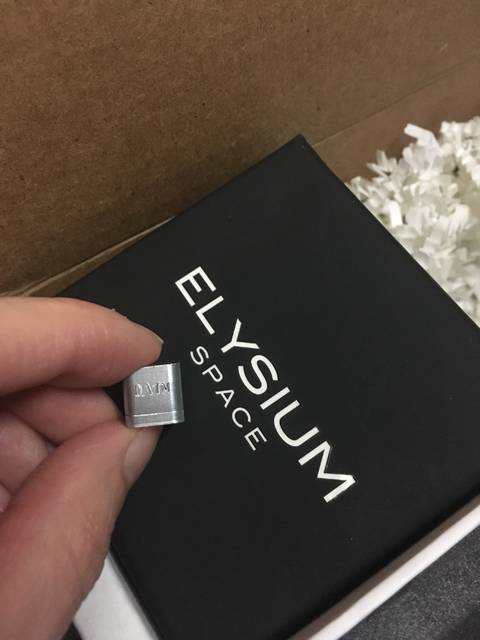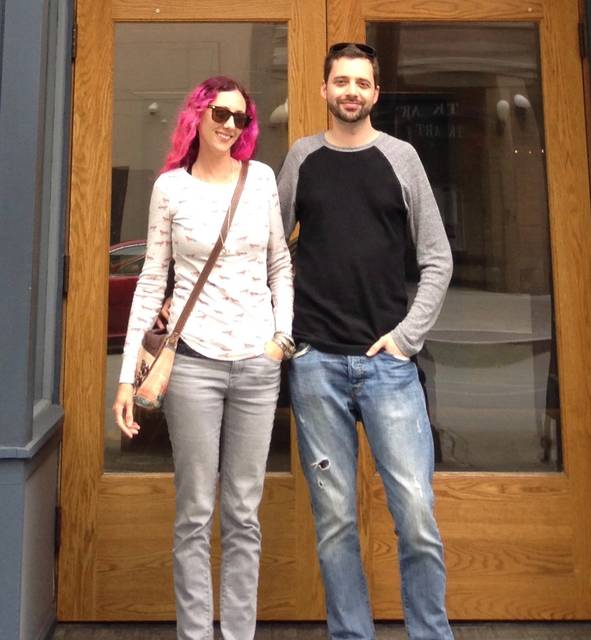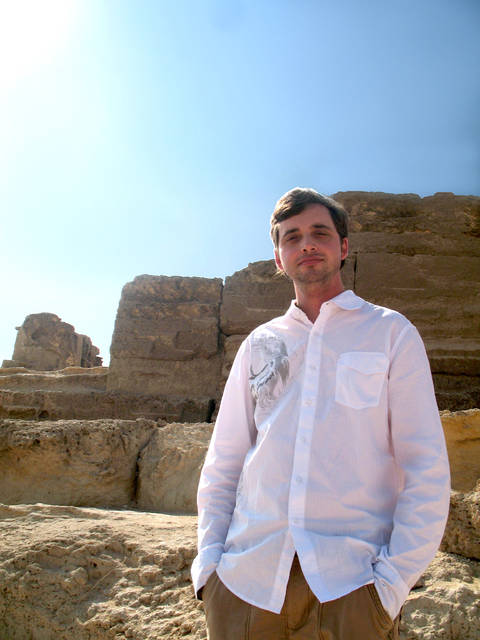HILO — The remains of a former Big Island resident are forming a new star in the sky.
Over the weekend, private aerospace corporation SpaceX launched a Falcon 9 rocket out of Vandenberg Air Force Base in California. On that rocket were 64 small satellites to be ejected into orbit around the Earth.
One of those satellites carried the cremated remains of approximately 100 people. One of those people was the late Doug Morrison, a former computer software engineer for the W. M. Keck Observatory.
“He just loved space,” said Morrison’s sister, Elisa Perednia. “I know he’d love this.”
The satellite carrying Morrison’s remains is a venture by outer-space burial company Elysium Space, which sells space on its mausoleum satellites, which orbit the Earth for a period of up to five years before descending back to the surface.
Briefly, Perednia said, the satellite and its cremated passengers become shooting stars as they disintegrate in the atmosphere.
Perednia, who writes and edits for a space-focused publishing company, said she learned of Elysium through her work in 2017, about a year after her brother’s death.
Her brother, Perednia said, was “a sweet person, who loved his family, loved animals and loved space.”
A University of Hawaii at Hilo graduate, he lived on the Big Island for 13 years, working at Keck for seven, before moving to Washington state to pursue his dream of writing gaming software.
“He said he was going to work here for three years before moving on to pursue his dream,” said Kevin McCann, engineering manager at Keck. “After seven years, he told me he loved his job here, but he felt like he had to move on before he got too old. I joked with him and told him he was already too old, and he should stay here with us.”
McCann, who was formerly the software manager at Keck, said Morrison was his first hire and ended up developing a number of systems still in use at the observatory today.
Morrison wrote the software used to integrate the observatory’s laser-guided star adaptive optic systems — which uses a laser to create an “artificial star” that allows the telescope to correct an image for atmospheric distortion — with its telescope control system, the early phases of which he also helped develop.
“He had a remarkable ability to break down even very complex software problems and discuss them with ordinary people,” McCann said.
Perednia said Morrison, with the rest of his team, also received a commendation from NASA for his involvement in implementing the Keck Interferometer Nuller, which combines the light from the two Keck telescopes and allows better clarification of dust orbiting stars.
Morrison’s interest in gaming software influenced his work, McCann said: Morrison created a 3D model of the telescopes to illustrate where their lasers were pointed to prevent interfering with aircraft.
“He was not the most outspoken or gregarious person, that’s not how I would characterize him,” McCann continued. “But he was super cheerful. He had a fantastic sense of humor.
“I was honored to get to share seven years of his too-short life.”
In 2016, after moving to Washington, Morrison died unexpectedly due to a medical error during a surgery operation. He was 34 years old.
“It’s weird,” Perednia said. “He was my older brother, but I’m older now than he ever was.”
The launch was expected to be a historic one: It was the first dedicated space burial spacecraft ever launched, the most satellites ever released on a single flight, and the first successful launch for Elysium.
The company’s first satellite was to be delivered to orbit by the U.S. Air Force’s Super Strypi rocket in 2015, but the rocket and its payload disintegrated shortly after liftoff from a launch facility on Kauai.
Meanwhile, the SpaceX mission — called SSO-A: SmallSat Express — has been plagued with a number of short-term delays. The mission was originally scheduled to launch on Nov. 19, before being moved to Nov. 28 for additional preflight inspections. That launch was subsequently delayed again for weather conditions.
The Elysium mausoleum satellite contains only a small sample of Morrison’s ashes — the cubical satellite only measures about 4 inches per side, allowing only 1 gram of ashes per person. The rest of his remains will stay on Earth, buried under a Jacaranda tree in Waimea that he loved, Perednia said.
“He would absolutely love it,” Perednia said of the satellite. “It’s unique and rare. And it’s special to be beyond Earth. We’re all made out of cosmic dust.”





